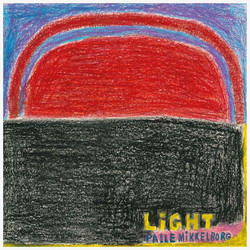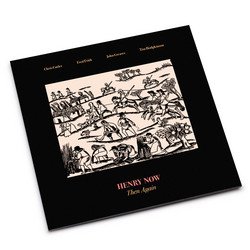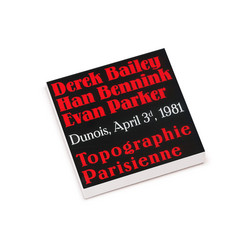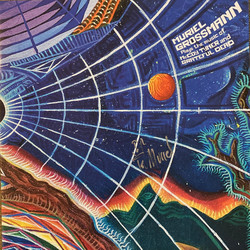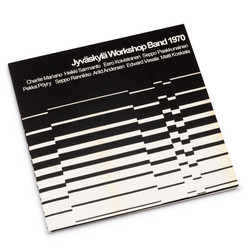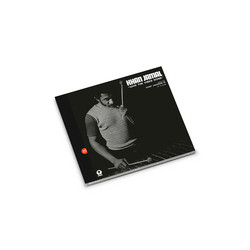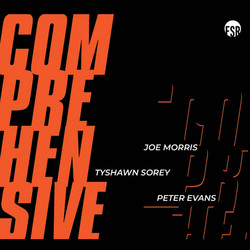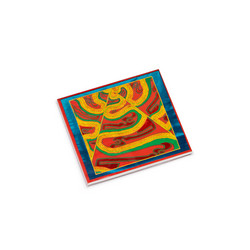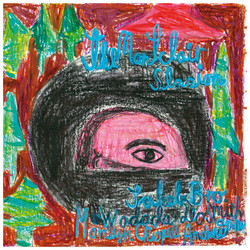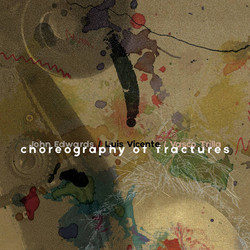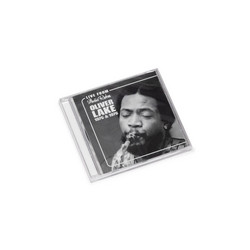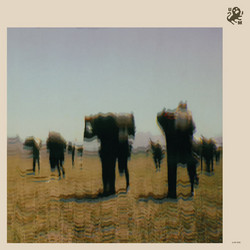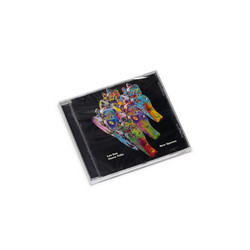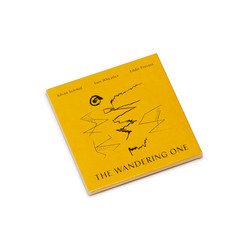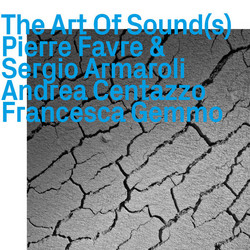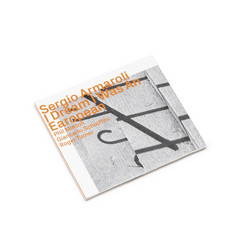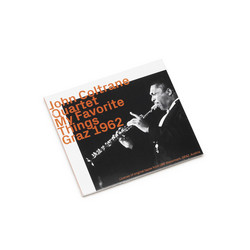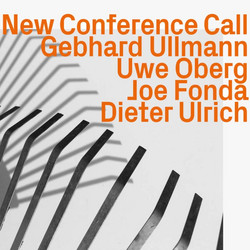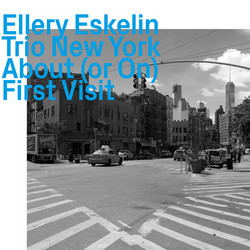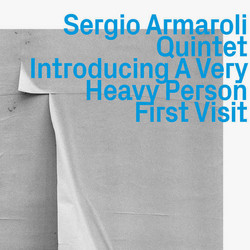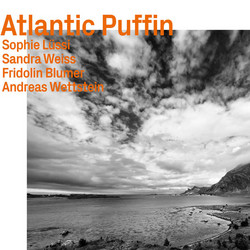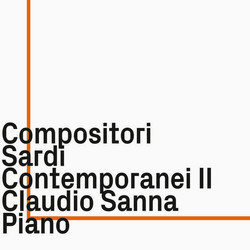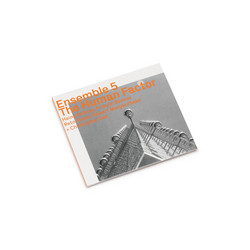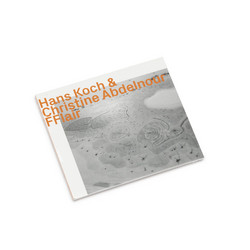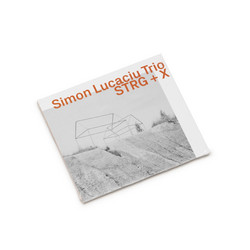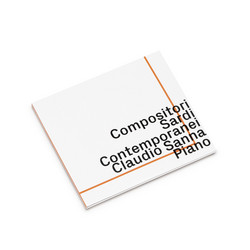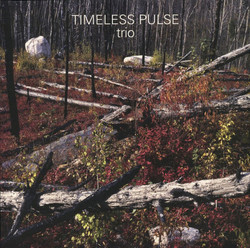Temporary Super Offer! Musicians as different as Bill Dixon, Wadada Leo Smith, Axel Dörner, Susana Santos Silva have experimented with the lonely, no-safety-net discipline of solo trumpet playing. It is one of the hardest avocations in music: no harmony instrument, no pedal notes, no supportive pick-up if things go wrong. Schmid seems to follow in that line and yet the solo performances on Augmented Space, for all the extreme discipline of his technique, seems very different to the artists above. There is something of the lone bugler in his playing, a sense of communicating identity with the narrowest and least elaborate of means. He calls the first piece here “Gamut”. As I said in a liner note to a previous Schmid record on hatOLOGY, the word “comes from the Greek letter γ or gamma, the note G on the first line of the bass stave but it also refers to Guido of Arezzo’s scale of six overlapping hexachords, reaching up to E on the fourth line; and it can refer to the entire range of possible chromaticities in a subset of colours. It has an interesting literary history, too, popping up in Shakespeare and elsewhere.” It is also the name of the events Schmid co-hosts in his home town of Zurich with the Gamut collective. Here, the music is driven by a desire to play very high and very low notes simultaneously, to literally “run the gamut” of sound possible on his horn. High-note trumpet players are ten a penny. Not many are able to play in both registers at once. The trumpet calls on “Gamut” are broken by periods of silence, that most refreshing and disconcerting thing in all music: do we applaud? do we continue to listen? has something gone wrong?
“Gamut”, in its mighty length, seems to mark out the key hours and moments of a day, but set aside the other tracks here, “Raumwege” (which would translate as “spaceways” if that didn’t sound too Sun Ra) and “Augmented Space I/II”, it’s clear that Schmid is profoundly interested in how music functions in particular spaces, generating its own but also interacting with the listener’s personal or shared space. He admits in an e-mail to being influenced by the deconstructivist architect and theoretician Bernard Tschumi, who I had the great pleasure of hearing speak some years ago. Tschu- mi’s post-modernist position is that there is no inherent or fixed relationship between the architecture of a building and what takes place within its boundaries. This frees architecture – and Schmid would presumably add, musical architecture – from essentialism. It also allows the present to play with the past in intriguing ways. We fetishise certain building as “sacred”, with very little understanding of what actually happened in them. In the same way, we think of the concert hall as being a hushed and semi-sacred place in which certain things happen according to established ritual. Is music really so ossified?
Schmid quotes some lines from Tschumi’s Architecture and Disjunction, which came out in the mid-1990s and, while controversial, changed attitudes to modern building. Tschumi asks “If space has boundaries, is there another space outside those boundaries? If space does not have boundaries, do things then extend infinitely?” He considers whether space is in some sense absolute or merely a contingent set of relationships, which might ultimately be subjective; all in the mind. This has unexpected consequences. If we can ask these questions about space, we can also ask them about time, a concept that seems much more familiarly related to jazz and its practice. Part of Schmid’s compelling appeal is that he seems both very modern and very connected to the music’s past. His technique is borderline miraculous, but it has ancestry. Brass players in jazz have always used extended techniques to enhance their expression and differentiate what they do from the “proper” approach of orchestral players. Rips, smears, half-valved notes and portamento effects, toneless breaths through the mouthpiece were part of every hot jazz and swing player’s vocabulary. You were very often defined by such devices. They are how we can tell apart Freddie Keppard from King Oliver, Harry James from Wingy Manone. But these devices in themselves seem to form the substance of Schmid’s extraordinary technique, except he goes further, to produce trills toot-toot when he needed to call us together for another broken-English lecture of for departure. Listening to Schmid is a little like this, except his meaning is clear and he has all but stripped the trumpet/bugle of its declamatory associations.
For me, this is profoundly humane music. It comes to us with the gracious simplicity of a Tschumi presentation. The great architect always appears in a black suit and red scarf, a personal superstition based on past good luck but also a sign that presentation in the other sense is not relevant. He is an architect who likes to have limits in order to transgress them, who enjoys a dialogue with the past on what he insists is equal terms. Schmid is like this. Even the drabbest purist will hear jazz history in this record. It has nothing about it of the virtuosic exercise. It is admirably plain spoken, its articulation clear, even that might come from a clarinet, percussive pop-ping effects, breath through a mask, vocalised murmurs. The difference between Schmid and some of his predecessors is that technique itself is very rapidly beside the point.
One very quickly stops wondering how he makes a particular sound. Instead we let it communicate with us, convey its quiet messages of identity, steer us through the “spaceway” of the music like a guide. I once visited some ruins in Egypt, where the guide let us know where he was (sometimes quite far away) with little parps on a pocket trumpet, the kind Don Cherry used to play, with a sharp toot-though it follows few if any of the reference points that we look to in jazz and improvised music. It seems to extend the jazz-is-dead-jazz-moves-on aesthetic of another great trumpeter who in the past graced this imprint, Franz Koglmann. If your paradigm of the jazz trumpet player is the high-wire man, Cat Anderson, Cootie Williams, Dizzy Gillespie even, then Schmid stands at the opposite extreme: thoughtful, even pensive, unassertive to the point of self-effacement, egoless, but just as committed as any of the others to the mysterious beauty of breath across brass... - Brian Morton

